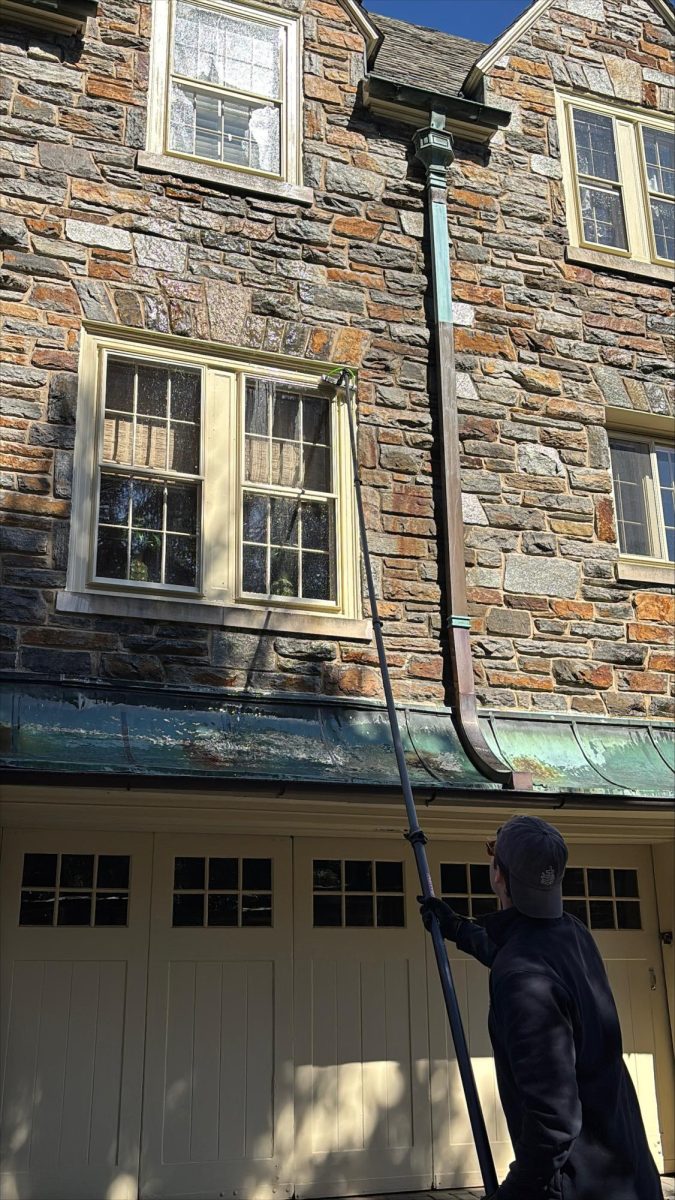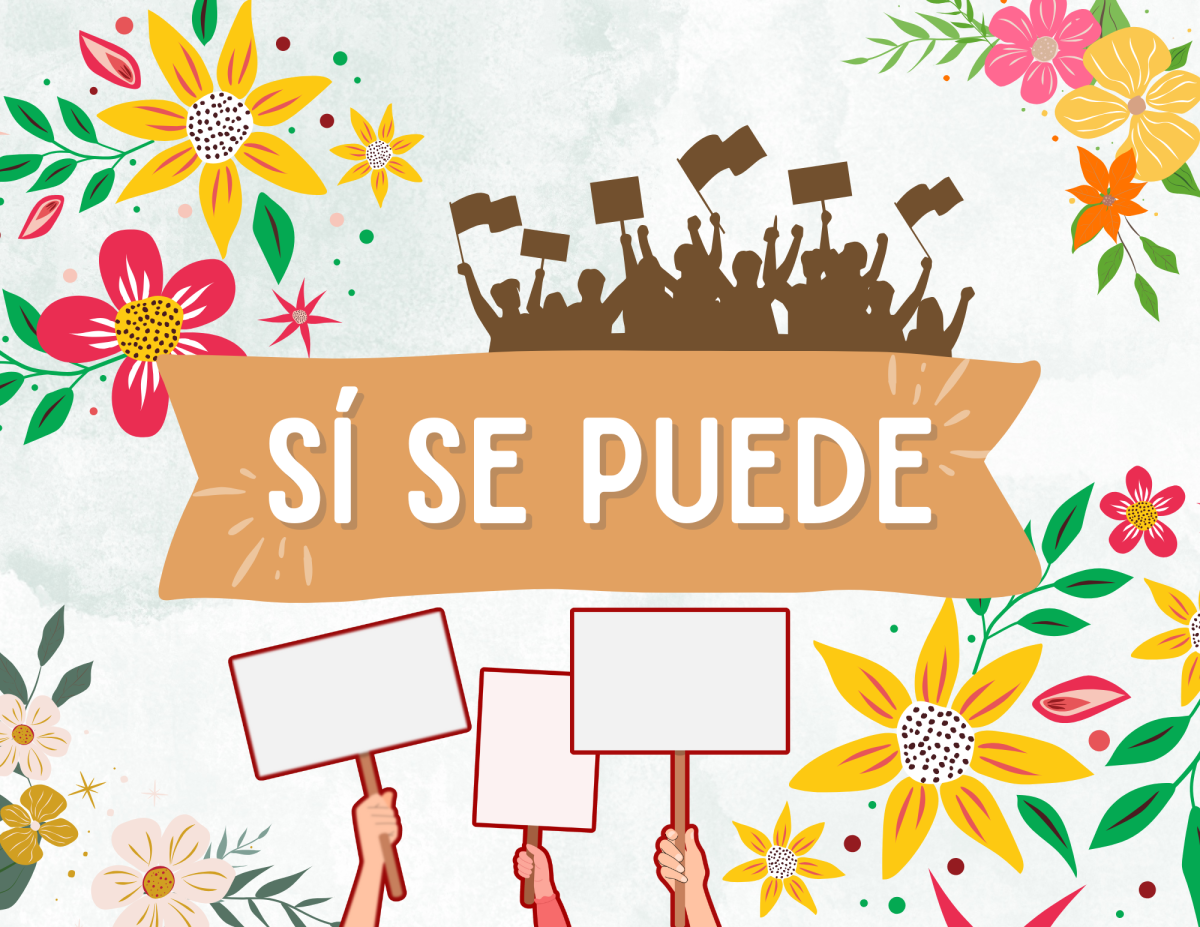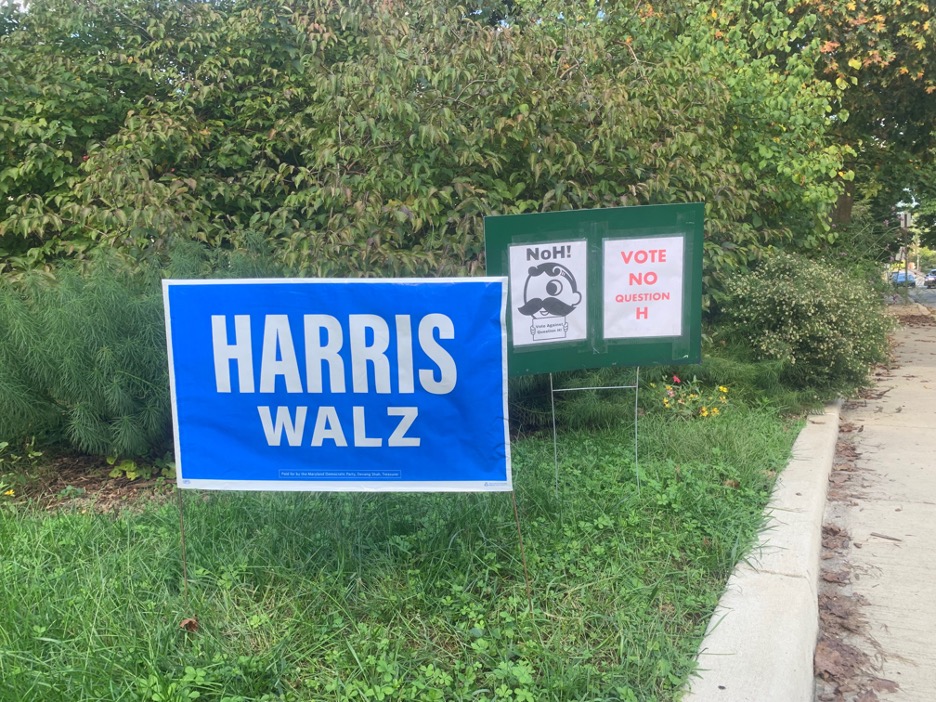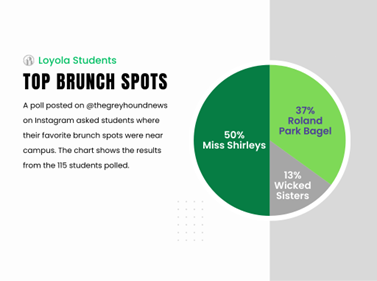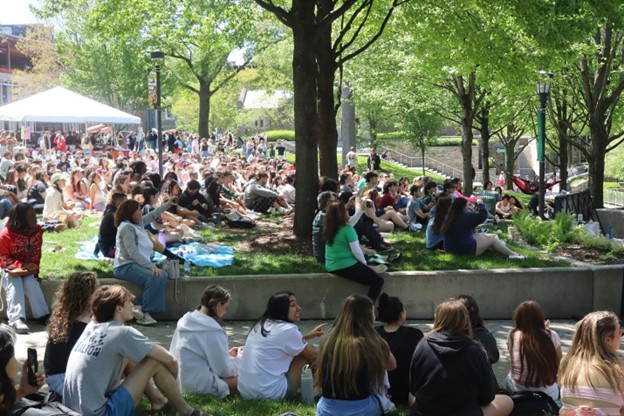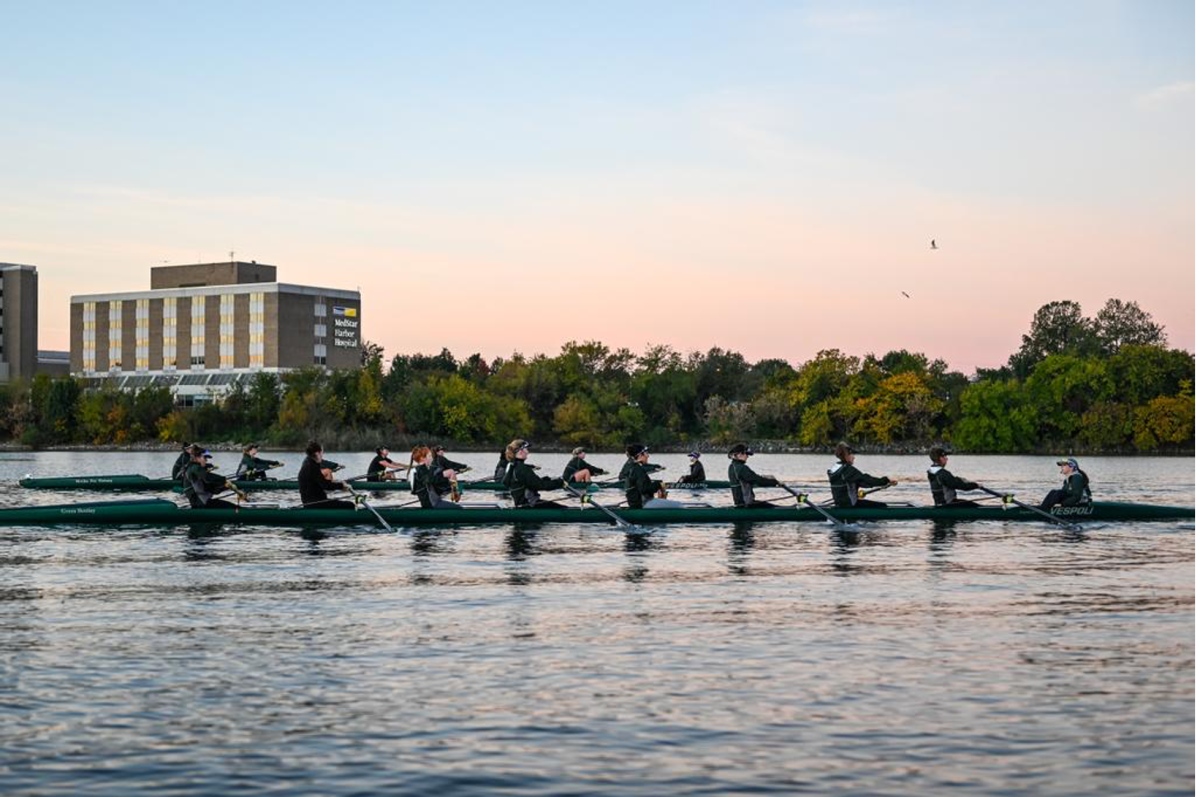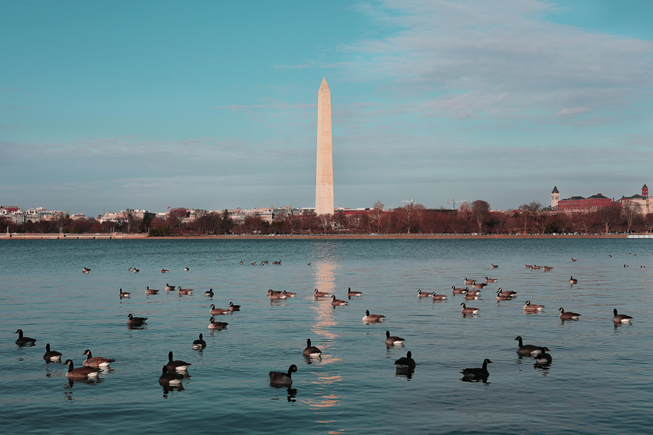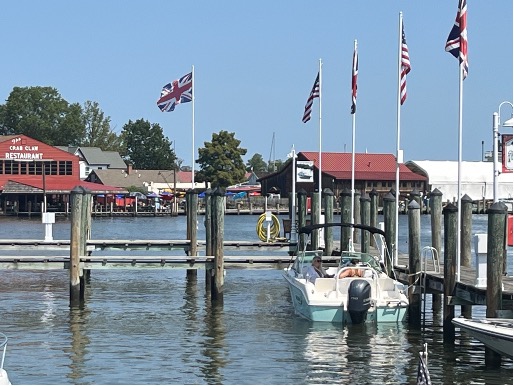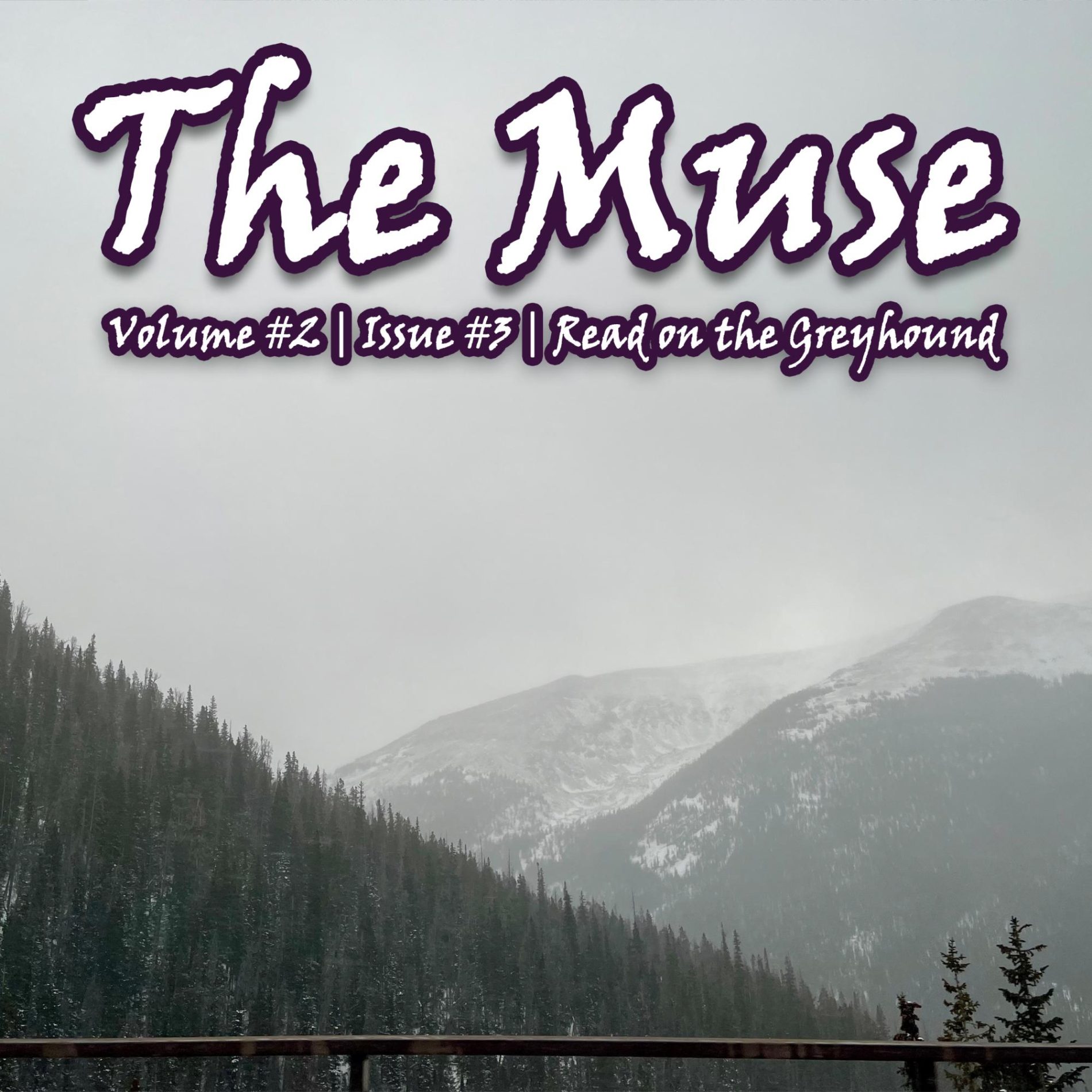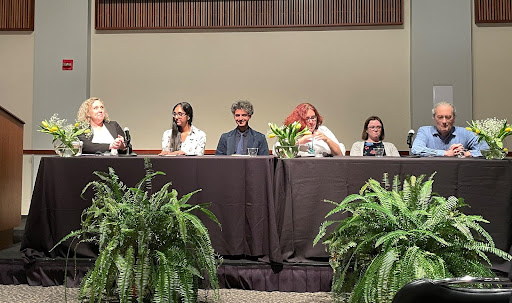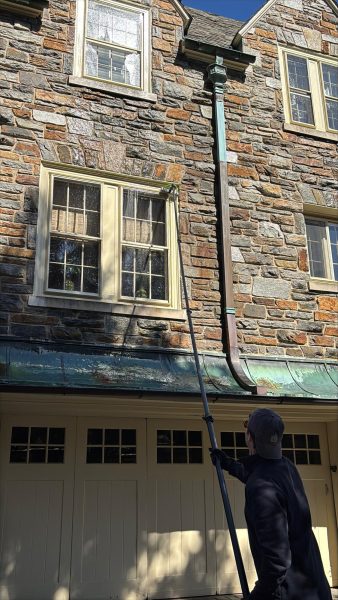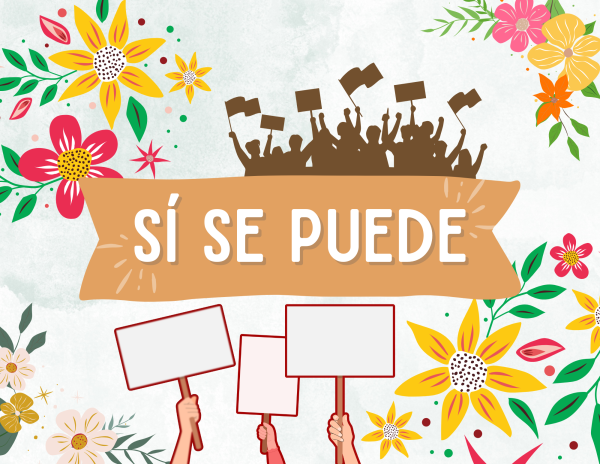Climate Change and its Impacts on the Baltimore City Community
Loyola celebrated the 33rd anniversary of the Caulfield Lecture by inviting journalists focused on the environmental beat to discuss the imminent issue of climate change and its impact on the Chesapeake Bay. Kasha Patel, a deputy weather editor for the Washington Post, says that there is not a moment in your day when you are not impacted by climate change. Aman Azhar, a reporter for Inside Climate News added that this lecture provides an opportunity for people to have a conversation about this global issue.
“I think this is a conversation that is not just confined to newspapers and publishing, so it is a good idea to get out there and speak with colleagues and whoever else we can talk to,” Azhar said.
As described by the title of the Caulfield Lecture, Baltimore is the heart of the Chesapeake. Actions taken by the citizens of Baltimore City have implications on the health of the Chesapeake Bay. John Lee, an environmental reporter for WYPR, says that human activity can heighten and exacerbate the impacts of climate change on the Chesapeake Bay.
“A lot of our actions inland affect the bay. So, I think it is important to remember that and it can be things like where you drop trash, or putting salts on roads. It can have adverse effects on the bay,” Lee said.
People experience climate change differently, especially those who come from marginalized and oppressed communities. Climate change is indiscriminate when it comes to people, but the policies that uphold environmental racism discriminate against oppressed communities of color. Co-founder and Editor-in-Chief of Environmental Justice Journalism Initiative Rona Kobell says people of color have been put into marginalized positions because of certain policies enacted by the government.
Kobell said, “How it affects people in Baltimore City is because of the redlining. In rural areas, racism is embedded in the zoning code. Minority populations were forced out to the margins of the and were forced to be near where the pollution was. They were forced to the lower pieces of land. So, when the land floods, it is very difficult for them to get help from the federal government for a whole host of reasons.”
According to Pew Research, the environmental beat is the whitest beat, at 84 percent. Diversity is needed in the environmental beat because of the prevalence of the white view and the need for diversity amongst stories. Christine Condon, a reporter for the Baltimore Sun, says the importance of diversity means more opportunities to take on new perspectives for environmental stories.
Condon said, “I think one of the things we’ve touched on talking here is how many issues are intertwined in discussions about the Bay and climate change. There are so many approaches that need to be taken and they can only be taken with a large and diverse group of people who tackle this and write stories.”




